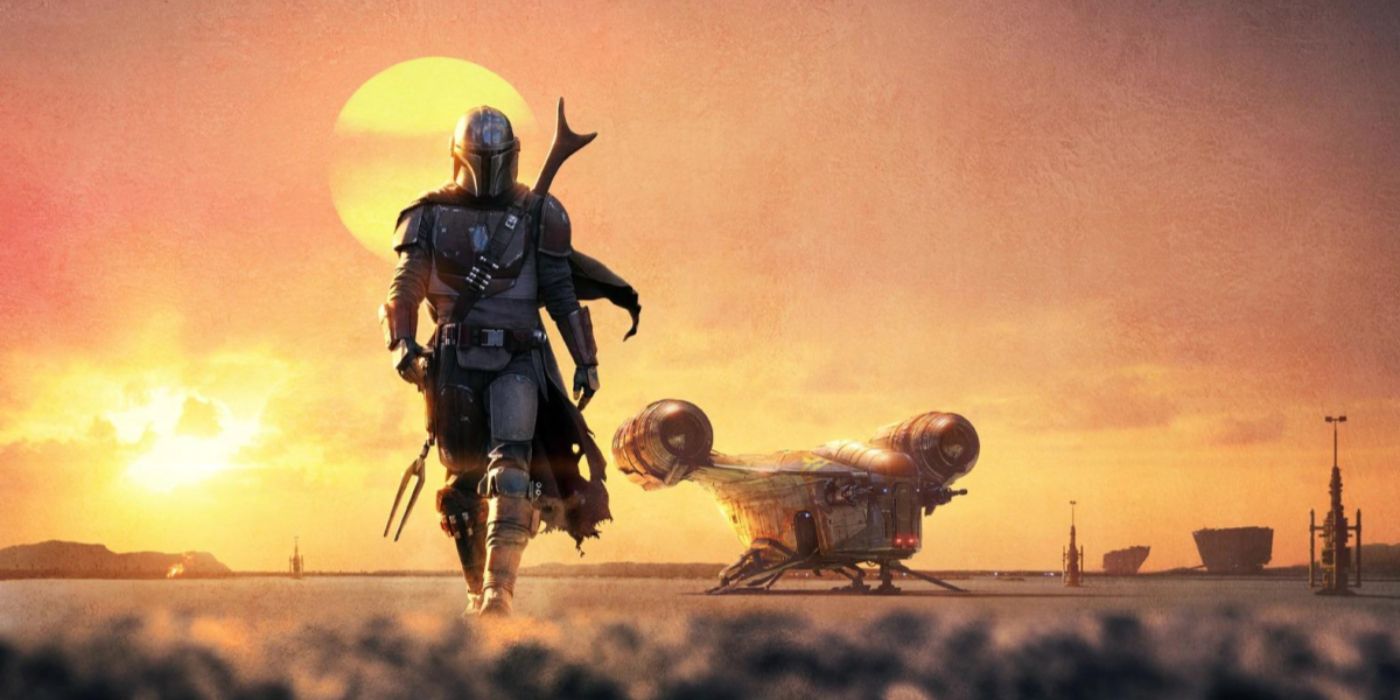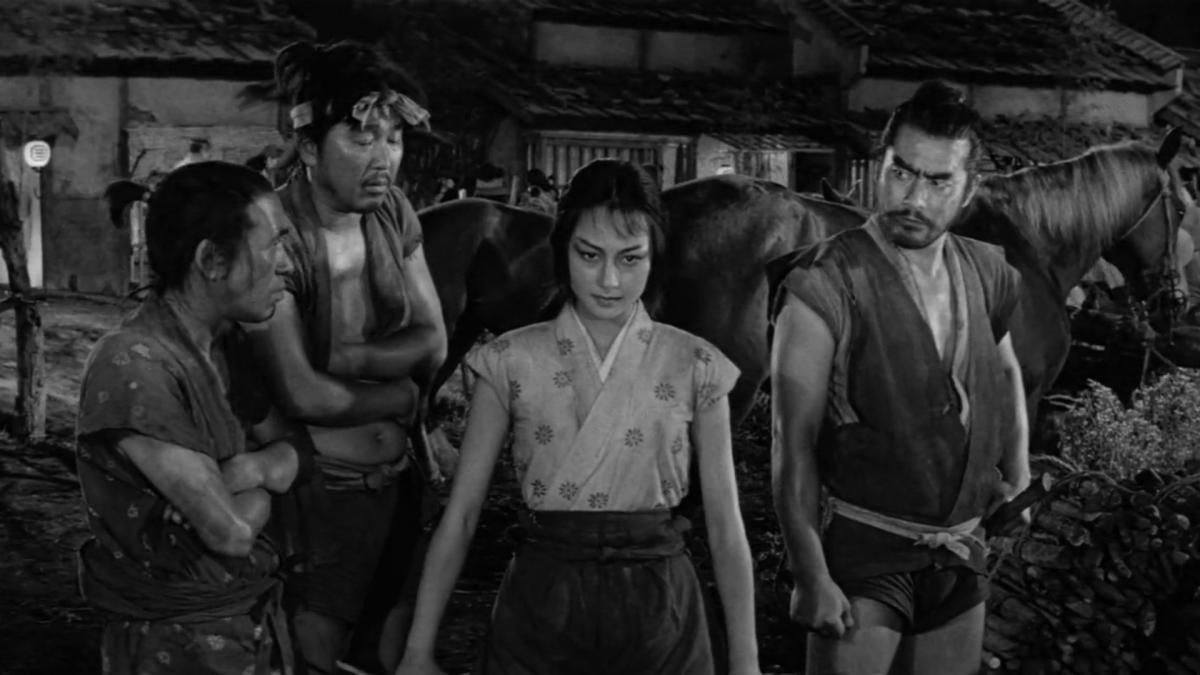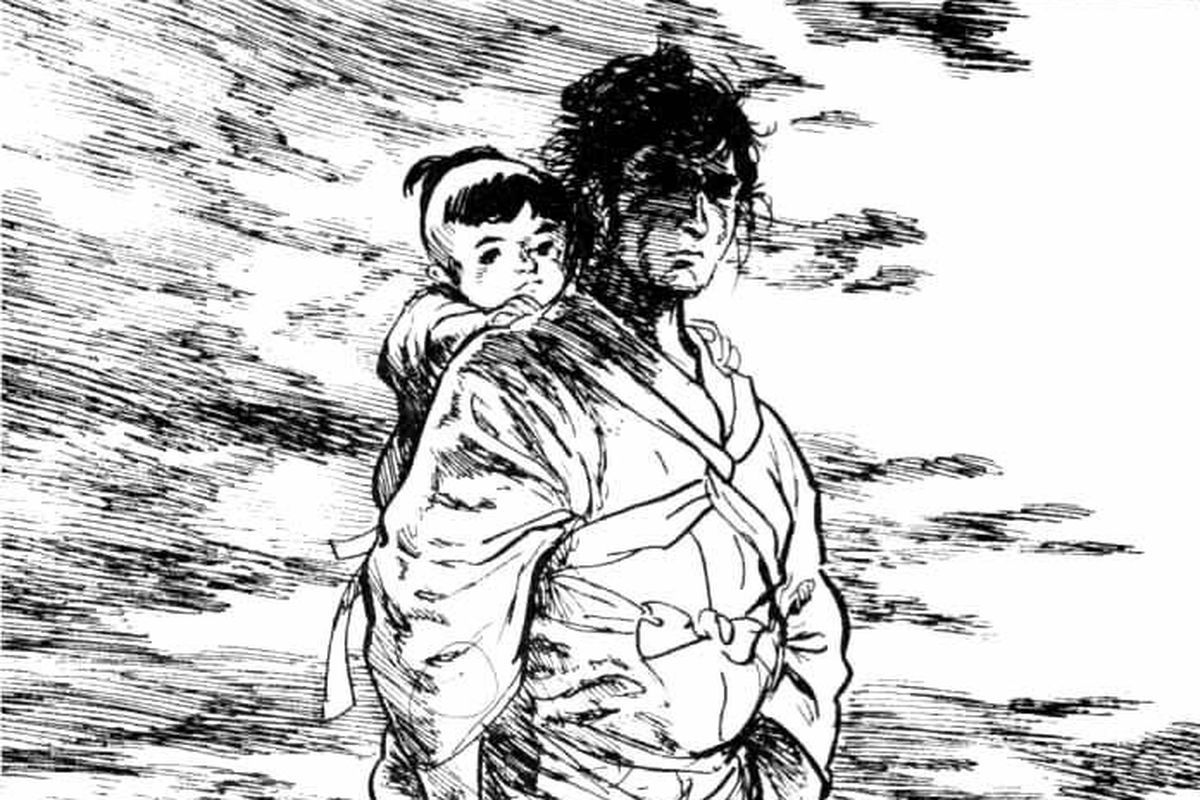WARNING: The following contains spoilers for the first two episodes of The Mandalorian, streaming now on Disney+.
Fans, critics and cast members alike have talked about The Mandalorian as being a Western in space; a reference point that becomes clear from the get-go in the Disney+ Star Wars series. The titular character walks into dusty cantinas brandishing blasters like Clint Eastwood's The Man with No Name and silently sulks through saloons, revolvers menacingly hanging from his hips. In place of a cowboy hat and a smoking cigarillo is the Mandalorian's helmet -- a part of the bounty hunter's identity so crucial that he has vowed to never remove it from his head.
He wanders through the wasteland, picking up the most lucrative scores he can find while maintaining utmost loyalty to his guild. The Mandalorian is a hard-boiled enigma, and yet, he seems to find an immediate fondness for an infant Yoda-like creature he is tasked to capture. It's a chapter of the story that not only deeply humanizes our otherwise ruthless protagonist, but also directly ties the series' themes to the famed manga and film series, Lone Wolf and Cub.
This is far from the first time Star Wars and, for that matter, the Western genre, have incorporated elements of Japanese cinema and samurai stories. In fact, Sergio Leone's famed Western, A Fistful of Dollars was all but a retelling of Akira Kurosawa's lauded epic, Yojimbo with revolvers instead of katanas. George Lucas has likewise stated that another Kurosawa tale, The Hidden Fortress, was one of his main influences in forming his cinematic vision in A New Hope. Both films open from the point of view of what Lucas defines as "the two lowest characters," which originally refers to the peasants in The Hidden Fortress traversing a war-torn frontier. In Star Wars, the bumbling droids C-3PO and R2-D2 play the same role, introducing the audience to Lucas' fantastical world through humor.
Both narratives follow these figures as they meet the stories' protagonists and accompany the main players in their epic journeys. The peasants in The Hidden Fortress eventually meet up with a general of a defeated clan who is escorting his princess to a politically allied land. This cast of characters should sound familiar to Star Wars fans, who can trace the general's swashbuckling demeanor to Luke Skywalker or Han Solo. Even more overt is the idea of an undercover princess traveling through enemy territory, an element that Lucas would later utilize in The Phantom Menace. Visually, Lucas also used long camera lenses to enunciate action and included Kurosawa's screen wipe transitions that became an iconic storytelling cue of the Star Wars films.
Even though the creative direction of the Star Wars universe is now out of George Lucas' hands, The Mandalorian nevertheless continues to expand upon the samurai tradition. The television show fluidly melds its dual spaghetti Western and samurai influences, drawing a connection between our main gunslinger's purpose to the assassin warrior of Lone Wolf and Cub.
The narrative of Lone Wolf follows a shogun's executioner named Ogami Ittō, whose family is brutally murdered by a warring clan and who is framed for plotting to murder the shogun himself. Utterly destroyed, Ittō presents two options for his newborn son and the sole surviving member of his family, Daigoro. If Daigoro crawls towards a ball, then Ittō will kill him so he can rest with his dead mother. However, he instead chooses a sword, which means that Ittō declares him a ronin -- a samurai without a master -- and brings him along in his quest for revenge.
The connection between Daigoro and Baby Yoda is evident, but Lone Wolf and Club contains elements that can enrich people's understanding of The Mandalorian. Daigoro isn't just a helpless infant, he's a partner that adopts his father's violence and rage as he grows up. Baby Yoda may not be as merciless as Daigoro, but they do display their powerful force-sensitivity when they save their surrogate father from being mauled by a rhinoceros-like creature. They also intently watches the Mandalorian vaporize a pack of Jawas, but how cognizant they are of the violence around them is still unclear. Furthermore, the Mandalorian's bounty hunting career-as-a-lifestyle is reminiscent of Ittō's position as an assassin, functioning as a way to notify audiences of a stone-cold heart.
The Mandalorian thus serves as a bridge to thematically connect the disparate worlds of Star Wars across film and, now, television. Just as George Lucas used the samurai mythology of Akira Kurosawa, Jon Favreau and the rest of The Mandalorian's creative team incorporated elements of other samurai films in their own work. The harsh brutality of Lone Wolf and Cub carries a different tone than the adventurous escapades of The Hidden Fortress, but both carry on a rich tradition of storytelling that serves to influence sprawling, interconnected sagas in a galaxy far, far away.
KEEP READING: Can The Mandalorian Restore Mystique of the Masked Star Wars Bounty Hunter?



